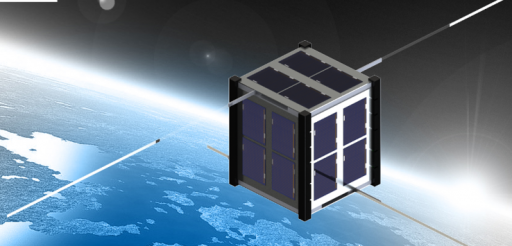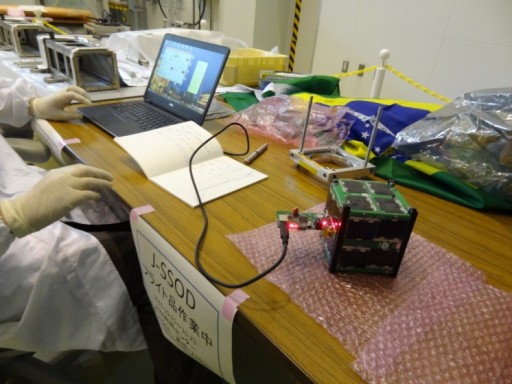AESP-14


The AESP-14 satellite is a 1U CubeSat developed by a number of Brazilian institutions including the country’s prime space systems developer INPE. The satellite hosts two payloads for the study of the near-Earth plasma environment and plasma bubbles in the equatorial regions.
During the day time, the electric field on Earth’s ionosphere is directed eastward leading to an upward plasma drift. At sunset, the ionization in the lower ionosphere decreases which, combined with the upward lift, generates a setup where dense plasma is located above a region of depleted plasma. These bubbles of depleted plasma rise vertically and can drift for several hours. Plasma irregularities can occur an a wide range of scales from a few tens of centimeters up to 1,000 Kilometers. Large scale depletions in ambient electron density can cause disruptions in communications and navigation satellite systems in a band from 20 degrees south to 20 degrees north due to scattering and diffraction of radio waves. The turbulent ionospheric conditions are also called “Spread-F” due to their effect on the F layer trace in ionograms, creating spreading in the echo range and frequency.
Models of these irregularities have been created from previous studies, however, more data is needed to assess the variability and predictability of these phenomena on a diurnal and seasonal timescale.
AESP-14 features a langmuir probe instrument to make measurements of the plasma environment. Langmuir probes can determine electron temperature, electron densities and the electric potential of a plasma. Two electrodes are inserted into a plasma environment. The electrodes have a constant or time-varying electric potential between them to allow the determination of physical plasma properties by measuring currents and potentials in this two-electrode system. A bias voltage is applied to the probe and the resulting current that is measured is proportional to plasma charge density.
AESP-14 sets out to investigate the generation mechanism of equatorial plasma bubbles by measuring their occurrence and distribution characteristics on a global scale with particular focus on the timing of the Spread-F phenomenon. Special attention will be given to the Brazilian longitude sector to investigate whether plasma bubbles are occurring more frequently as compared to other areas for an assessment of the risk of a disruption of satellite signals.
In addition to looking at plasma bubbles, AESP-14 will look at plasma parameters to observe dynamic and electrodynamic processes that could be associated with plasma bubbles.
